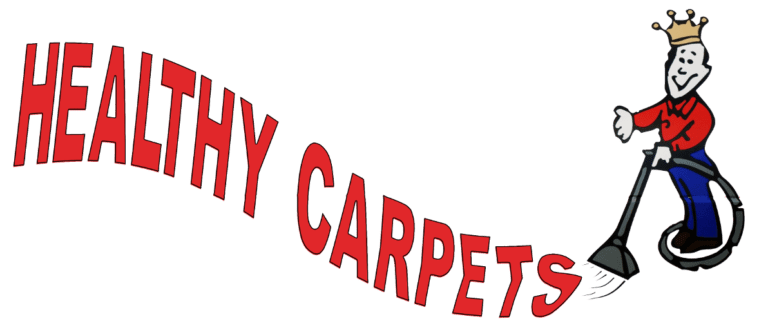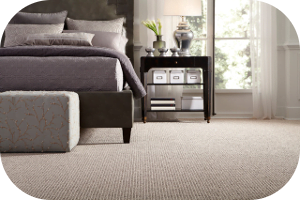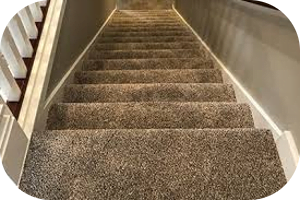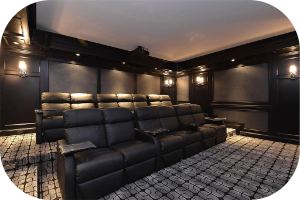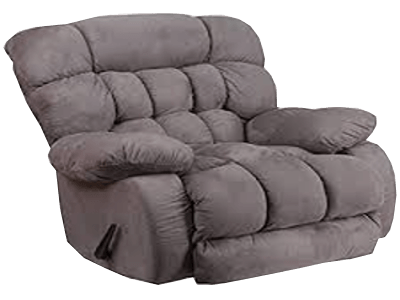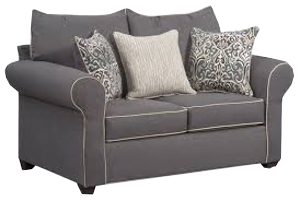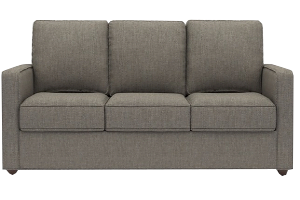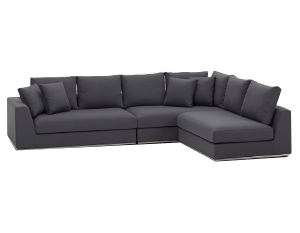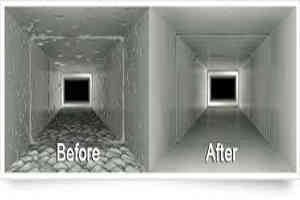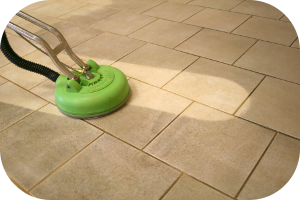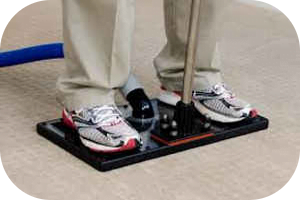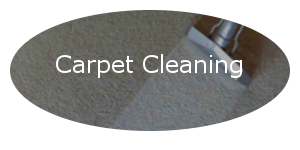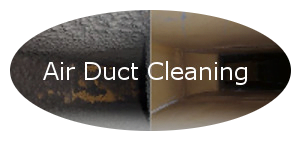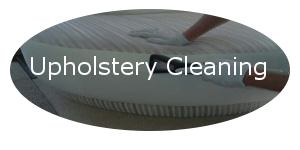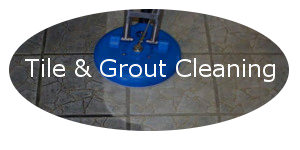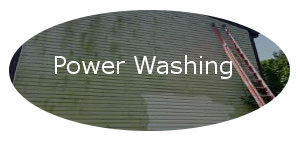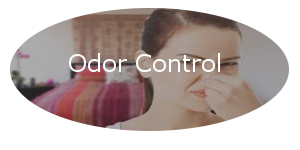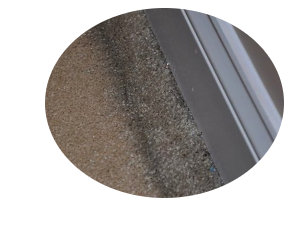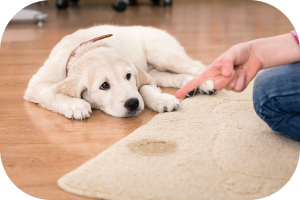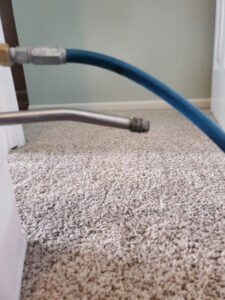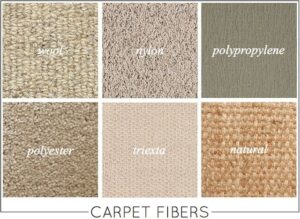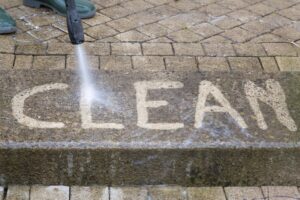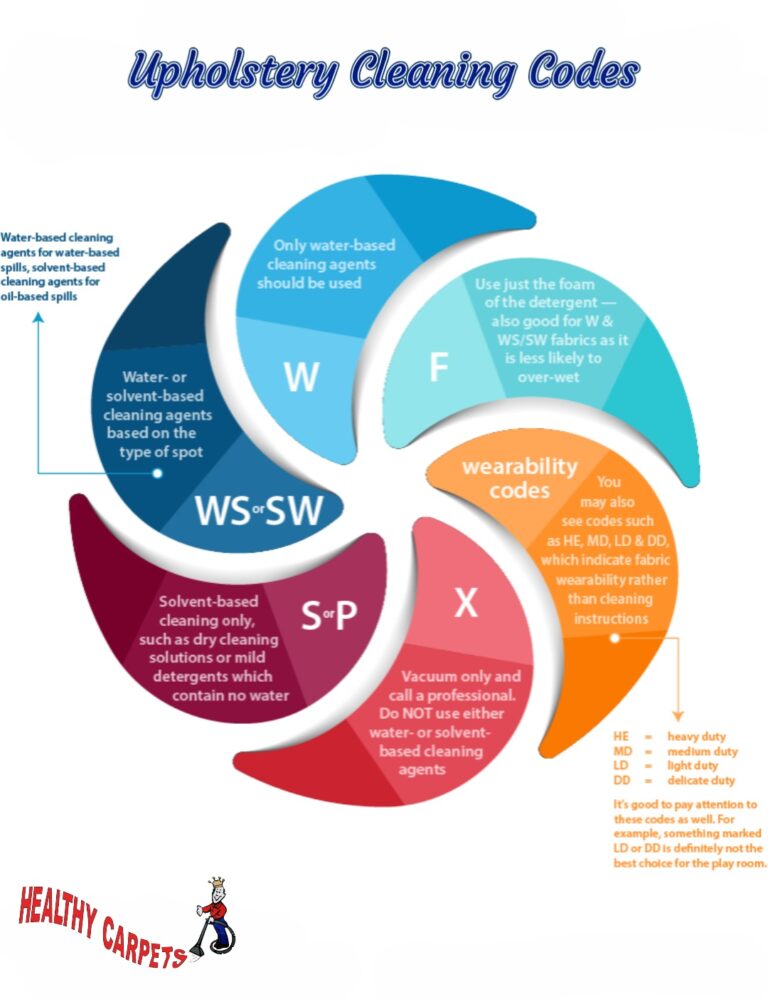
It is important to mark upholstery with a code so that the buyer can know what type of cleaning they are recommended. This is something you should remember when buying new furniture for your home or bringing an item from an estate or auction back. If you have any doubts in cleaning your upholstery yourself, please don’t hesitate to hire a professional upholstery cleaner like Healthy Carpets
If your chair or couch has seat cushions, you will find the upholstery cleaning code under them. You should check any tags attached to the piece if you don’t find the cleaning code. These information are usually available on the company’s website/product page if you have removed them at purchase. You might consider asking someone who reupholsters for help if it is vintage. Our DIY upholstery cleaning tips will defiantly help you along the way of your upholstery cleaning journey.
“W”
A “W” is a sign that your furniture can be washed with water. You will be safe if an upholstery/carpet cleaner is used (using the attachments) to clean up any spillage or stain. This fabric is durable and ideal for furniture that is likely to see high volumes of spills or use (e.g. dining room chairs, living rooms couches and chairs).
“S”
An “S” sign means your furniture must be cleaned using solvents. It will not respond well to water. Spot cleaning is not recommended if the product is intended for home dry cleaning. This product is often sold to employees by local carpet cleaners. Most grocery stores in the area will carry it. To ensure that the product doesn’t leave behind a ring, use a blow dryer/hair dryer to dry the area after you have used it. If you want to be happy with the professional cleaning results, don’t allow your piece get too dirty. To preserve the color and fabric’s longevity, you should clean up any spills, stains or dirt as soon as possible. The goal here is to get the fabric as dry as possible as soon as possible
“S/W”
This code indicates that dry cleaning solvents can be combined with water. This code is not very common and should be left to professionals. If this is not possible, you can use furniture with the S/W codes in low-traffic areas. Make sure to clean them as soon as possible before they set in. If you have a solvent-based cleaner, it is best to use it.
“X”
Although this code isn’t very common, it can be found on shades and fabric blinds frequently. This code means that the item cannot be cleaned and must be vacuumed only! For more information on cleaning this type of item, consult a local furniture restoration shop.
How to clean synthetic fabric upholstery
Synthetic upholstery can be cheaper than natural and is not as difficult to clean. Man-made fabrics tend to be more durable and easier to clean. These are some of the options available:
- Polyester is made of a synthetic polymer called Polyethylene Terephthalate (PET). This fabric is basically made from plastic. It is extremely durable, but it isn’t biodegradable so it is not very environmentally friendly.
- Olefin – This is a polyester fiber made from polypropylene and has a more environmentally-friendly manufacturing process than cotton, wool, or rayon. This is a durable and comfortable upholstery fabric.
- Nylon is a very old synthetic material. It is not often used today. It can be used in a mixture to increase the fabric’s durability and water resistance.
- Acrylic is made of acrylonitrile, a derivative from polypropylene plastic. The fabric is beautiful and comfortable, but it’s very flammable so be careful where you place furniture.
- Microfiber is a super-soft fabric, typically made of polyester. It is available in many different colors and is suitable to all types of households.
- Sunbrella (r) is the brand that makes this unique fabric. It’s also the name of the company that produces it. Sunbrella upholstery comes in a variety of styles, both indoors and outdoors.
- Faux Leather There are many types of synthetic leather available that can be imitative of the original. This upholstery, although not as durable and long-lasting as the natural counterpart, is very popular.
- Vinyl The upholstery is made of two types of synthetic materials: polyester and polyvinylchloride (PVC). It is very easy to clean and disinfect. It is used in restaurants, hospitals and commercial properties.
| Type of Fiber | Pros | Cons | Cleaning Requirements |
|---|---|---|---|
| Polyester | ➤ Soft and durable; ➤ Easy to clean; ➤Dries off very quickly; ➤Abrasion and stain-resistant fabric; ➤ Doesn’t absorb smells; | ➤ Easily damaged if exposed to rapidly changing temperature; ➤ It can stretch over time; ➤ Flammable material; | ➤Use regular cleaners; ➤Different blends have a different cleaning code, so be very careful; |
| Olefin (Polypropylene) | ➤Water-resistant; ➤Water-based stains are easily cleaned; ➤ Inexpensive; | ➤ Oil stains are extremely hard to clean; ➤Can be damaged by heat or light; | ➤ It can uphold the usage of bleach products; ➤ Do not dry clean; ➤ Avoid steam cleaning; ➤ Wash with lukewarm water and mild detergents; |
| Nylon | ➤Strong and durable; ➤ Non-absorbent; ➤ abrasion and static-resistant; ➤ Resistant to mould and mildew; | ➤ Can suffer from sunlight damage; ➤ Can create static electricity; ➤ Not a breathable fabric; ➤ Problem with fading; | ➤ Spot clean with water and mild soap or specialized detergent; ➤ Do not dry clean; ➤ Do not bleach; |
| Acrylic | ➤ Soft and comfortable fabric; ➤ Easy to clean; ➤ Doesn’t get damaged by the sun; | ➤ Can melt if close to a heat source or fire; ➤ Prone to abrasion; | ➤ Do not wash with hot water; ➤ Vacuum regularly; ➤ Can be spot cleaned; ➤ Аvoid steam cleaning; |
| Microfiber | ➤ Highly durable; ➤Resistant to sunlight and UV damage; | ➤ Absorbent; ➤ Can create static electricity; ➤ Prone to water damage; ➤ Collects dust and debris; | ➤ Stains must be removed right away; ➤ Regularly vacuum; ➤ Clean with less water as possible; |
| Sunbrella® | ➤Water and sunlight resistance; ➤Strong and durable; ➤Resistant to mold; ➤Does not fade; ➤Easy to clean; ➤ Breathable; | ➤Suitable for outdoor furniture only; ➤Expensive; | ➤ Use a solution of water and mild soap; ➤Clean using a soft bristle brush; |
| Faux Leather | ➤Easy to maintain; ➤ Not as expensive; ➤ More durable and doesn’t crack so easily; ➤ Resistant to sunlight and water; | ➤ Not very breathable; ➤ Can be torn and punctured easily; | ➤ Can be easily cleaned with a damp cloth; ➤ Suitable for spot cleaning; ➤ Use specialized cleaning detergent; ➤ Can be steam cleaned; ➤ Do not use abrasive cleaning detergents; |
| Vinyl | ➤ Very durable; ➤Resistant to sunlight and water; ➤Very easy to maintain and clean; | ➤ Not as soft to the touch as other fabrics; ➤ Not breathable; | ➤ Wash with water and mild soap; ➤ Use a microfiber cloth or a soft-bristled brush; ➤Suitable for spot cleaning; ➤ Avoid abrasive solvents; |
Synthetic fabrics are very similar to natural fibers, and they are also relatively affordable. Be aware that synthetic fabrics can sometimes be made with strong chemicals.
How to clean upholstery from semi-synthetic fabric
It is not a new idea to mix synthetic and natural fibers to create strong fabrics. However, there have been many great options in the past decade and they are now thriving on the market.
- Rayon is a fabric made from cellulose after it has been chemically treated. This fabric is used extensively in the textile industry. It was a foundation for other semi-synthetic fibers over the years.
- Viscose is a liquid that is used to make rayon fabric. It is however the most environmentally-degradable type of rayon due to the high use of chemicals in the manufacturing process.
- Tencel(r), – This brand is owned by Lenzing AG in Austria, which produces a unique type of rayon fiber. It is produced in a similar way to viscose. It is however more environmentally friendly, since 99% of the materials used are recyclable.
- Acetate is a fabric made from wood pulps and acid. It is second in use after viscose. You can mix it with many different natural and synthetic fibers to make various types of upholstery.
- Chenille– This fabric’s name comes from the French word “caterpillar” and describes a fuzzy texture that is perfect. This fabric was originally made from silk or wool. Nowadays, it is made by blending cotton with viscose.
- Bonded leather – The scraps and leftovers of the production of natural leather products get mixed with polyurethane in order to create a new type of fiber. Nearly 85% of the fabric is made from synthetic materials.
- Synthetic Velvet This fabric is similar to the original but made from a variety semi-synthetic blends. This increases its durability and makes it more versatile.
Types of Fiber | Pros | Cons | Cleaning Requirements |
|---|---|---|---|
Rayon | Fabric that is affordable; Moth-resistant Resistant against mildew, mold and other microbes Durable; | It can easily be damaged The fabric can be damaged by water. Fabric has low elasticity. It is very absorbent. | Only dry cleaning Only use powder or foam detergents Vacuum regularly; Avoid drinking water |
Viscose | It is soft to the touch. Breathable; Antistatic; Hypoallergenic; | Can sustain water damage and is highly absorbent. Mildew can develop if it isn’t dried properly. | Water is not to be used Only dry cleaning Vacuum regularly; If necessary, wipe the surface with a damp cloth. |
Tencel(r) | Durable and soft; Fabric that breathes; | Expensive; Absorbent and susceptible to water damage Stains easily; | Water is not to be used Only dry cleaning Vacuum often Use powder or foam detergents |
Acetate | Amazing silk imitation Fabric that is affordable; Resistant against mold, mildew, and humidity | It is not as durable as other fabrics. Stains easily It is not for daily use. It is very absorbent. | Only dry-clean only Avoid steam cleaning Spot cleaning should be done with as little water possible For the best results, hire professional upholstery cleaning services |
Chenille | Durable and soft; It is easy to clean. Resistant to abrasion | It is very easy to stretch. Collects dust and other debris | Use a soft brush for “combing” the fabric and vacuum it gently. It can be either a “W”, or a “S/W”, depending on the cleaning code. As little as possible water |
Bonded Leather | Not as expensive; It has a pleasant, smooth texture It smells just like its natural counterpart; | Not as durable; Can suffer sunlight damage; It can also release chemicals that were used in its manufacture over time. It is difficult to clean. | Only use specialized detergents Use a damp cloth to wipe the area. Make sure to clean up spills immediately Steam clean Only dry cleaning |
Synthetic Velvet | It is soft and comfortable It’s not easy to stain; More durable; This product is suitable for families with children and pets. | Collects dust and other debris Can suffer sunlight damage; | Gently vacuum Use a damp cloth to clean up any dust. Professional steam cleaning is possible Spot clean using as little water as possible |
Semi-synthetic fibers can be a great choice if you’re looking for eco-friendly products. Sometimes, the manufacturing process used to create natural fabrics is more eco-friendly than that used in semi-synthetic fibers.
How to clean upholstery made from natural fabric
Natural fibers, which are strong and comfortable, are an excellent choice for any home or office. These fabrics can be more difficult to clean as they are susceptible to heat, water and sunlight. Most stains are easily removed.
- Cotton is one of the most widely used fibers in the world. Because of its durability, it is often mixed with other fabrics. It is easy to clean and suitable for households with children and pets.
- Silk This fiber is made from silkworm cocoons and is among the most expensive in the world. This fabric is very delicate and can easily be damaged if it is not properly maintained.
- Wool There are many types of wool fabrics, depending on which animal it comes from. Be sure to read the label on your upholstery as certain types of upholstery may have special cleaning requirements.
- Leather– This type of upholstery is expensive and difficult to use. It is not recommended for pets. You can find it in many different colors and textures.
- Suede is a high-quality leather that’s made from the skin’s underside. Many companies now produce vegan, cruelty-free, and synthetic suede with the exact same quality as the original.
- Linen is a popular fabric made from flax. This type of upholstery is not recommended to households with small children or pets due to its delicate nature.
- Jute is a fabric made from a particular type of grass. It has a rustic look and is popular for upholstery in bars and restaurants.
- Velvet– Although velvet was originally made from silk, it’s very expensive and requires high maintenance. It is now usually made of cotton. It is not always easy to keep the fabric in perfect condition.
- Hemp This natural fabric is made of the stalks from the Cannabis sativa plants. It originates from Asia and the Middle East. It is three times stronger than cotton, and just as soft.
- Horsehair– Although horsehair was a popular fiber in the 19th century it is not used as much today. You will need to know how to care for antique furniture.
Types of Fiber | Pros | Cons | Cleaning Requirements |
|---|---|---|---|
Cotton | Durable, soft and breathable Hypoallergenic fabric | It is easy to get stained. It is very absorbent. | Water can be used in very small quantities Spot cleaning is possible Can be professionally steam-clean |
Silk | The most luxurious fabric available. If properly maintained, can last a very long time. | Fabrics are delicate and costly. It is easy to get stained. It’s not for daily use. This is not the right place for homes with children or pets. Colors fade under direct sunlight; | Dry cleaned only To remove dust, gently vacuum the area or wipe it with a cloth. Do not use heat or water for steam cleaning. |
Wool | It is durable and has good insulation properties. Water- and fire-resistant Resistant to mold and mildew; | Fabrics that are expensive | It should be vacuumed regularly Attention to your cleaning code as wool can easily be damaged. Clean up stains right away, don’t let them dry. Do not try to remove old stains. Get professional help. |
Leather | It doesn’t absorb liquids and stains Very durable It doesn’t take in smells and smoke. | Fabrics that are expensive It is not as soft as other fabrics. It can be easily damaged by sharp objects. If not treated properly, it can crack or split. Hypoallergenic qualities; | It is easy to clean up spills Use specialized detergents and polishes Don’t overwet your clothes or rinse them with water. Steam clean Do not use abrasive cleaning detergents; |
Suede | It is soft and fuzzy to the touch. Affordable; | Not recommended for daily use. Fast wears out | Use specialized cleaning detergents Gently vacuum Only dry cleaning Use small amounts of water to clean the spots. |
Linen | It is soft and pleasant to touch. Very affordable It is one of the most durable and strong fabrics. It becomes even more strong when it is wet. Antibacterial; Resistant against mold and mildew Resistant against fading and abrasion | Avoid soiling If not professionally cleaned, it can shrink. It can be damaged by UV rays | Wash with cold water only Spot clean using as little water and soap as possible Vacuum regularly; Use mild soaps and detergents Avoid letting your upholstery dry in direct sunlight. |
Jute | Ideal for ottomans Antistatic; Strong; | Fabrics that are hard and rough; Exposure to direct sunlight can cause discoloration. Moisture can cause damage | Only dry-clean only Avoid steam cleaning Spot cleaning with minimum dampness |
Velvet | Luxurious and soft Excellent insulation properties; | It is difficult to clean. Fabrics that are expensive It’s not for daily use. | Gently vacuum Use a damp cloth to wipe the area. Use a detergent that is specialized. Only professional deep cleaning |
| Strong and durable. Doesn’t shrink. Good heating qualities; Sunlight-resistant; | Expensive; Absorbs water easily | Wash your hands with cold water only Only use cold water to clean colored hemp Regular liquid detergents are sufficient and do not require special solvents. Spot cleaning is not always necessary to remove water stains. Vacuum regularly; |
Horsehair | Very durable Stain-resistant; It is easy to maintain. | Fabrics with a width of 70cm or less are suitable for furniture that is small in size. Water damage can easily cause water damage | Use a damp cloth to remove any dust or debris. Avoid washing, and use minimal moisture As the strings can be pulled out easily, vacuum gently. Only use solvent-sensitive soaps. |
To enhance the best qualities of natural fabrics, many are blended. The most widely used fibers are wool and cotton.
Disclaimer: To get the best results, use have your upholstery cleaned by a professional, Healthy Carpets is located in Ann Arbor MI and we specialize in upholstery cleaning. Natural fabrics can be very difficult to clean. They require special washing methods, high water temperatures, and solvents. You can easily damage natural fabrics if you’re not an expert.
Let us know your thoughts. Were we able to cover all the most popular fabrics? How do you clean your upholstery? Please leave a comment below. Our Ann Arbor upholstery cleaners are happy to help you with any questions 734.224.8206
